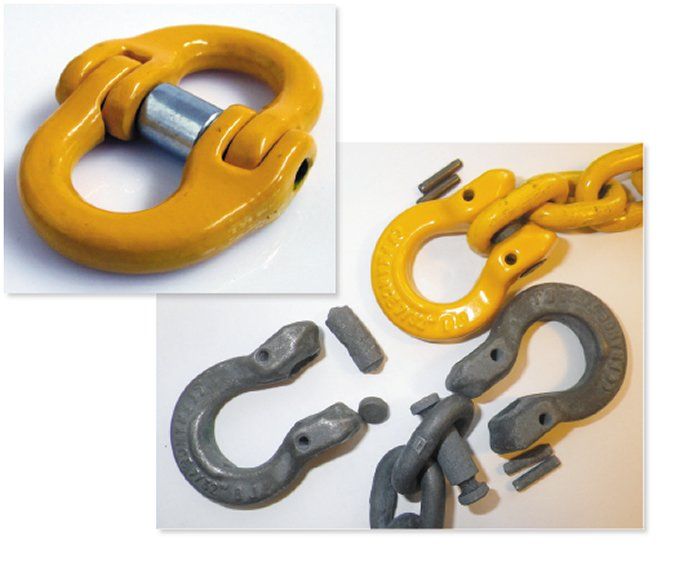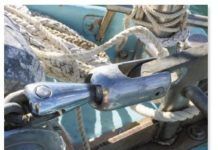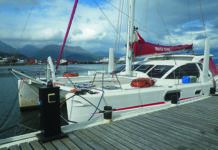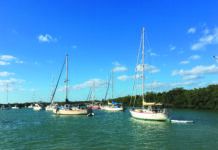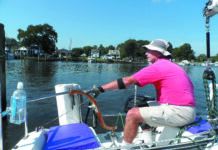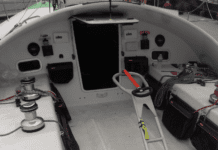Anchor Swivels: Caution Required
Stroll down the docks at any boat show, and youll see a surprising number of boats equipped with expensive, stainless-steel swivels between the anchor and the chain. Almost all of these swivels are highly polished, machined and/or welded gems that cost anywhere from $80 to $200 or more. By comparison, a galvanized anchor shackle rated to withstand the same or greater loads as the chain rode we rely on costs less than $15.
Lateral Thinking and Anchoring
When we think of anchoring a yacht we think of the obvious—deploy and set an anchor from the bow with a single rode. Our...
The Wrong Angle: Why Your Cam Cleats Won’t Hold or Release
Cam cleats are a marvel for their ability to quickly hold and then release lines under moderate tension. They are found on the simplest...
Sailboat Rig Inspection Tips
How frequently do you bother removing spreader boots and taping to check the condition of the spreaders and rigging? No matter how well the spreader ends are protected, and whether you use ready-made vinyl spreader boots or conventional rigging tape, water will get through to the fittings inside. On a boat used in salt water, the atmosphere's corrosive nature can cause rapid disintegration of aluminum fittings (nevermind the fact that the spreaders might be 25 feet or more off the water). The thorough taping job you did on the spreader ends may actually accelerate the problem by holding in water.
Revive Your Mast Like a Pro
Unobtainium is the metal at the top of every Naval Architect’s wish list. It’s a perfect marine material; light, strong, stiff yet flexible—it’s as...
Anchor Trip Line Tricks
An anchor trip line is a stout line connected from the after end of the anchor fluke to a marker buoy so that the...
Outboard Steering Tricks
Outboard powered boats can be slow to respond when maneuvering around the docks at low speed. With no prop wash over the rudder, it...
DIY Winch Feeder
It was snowing and I needed a project. Ever since the article on cross sheeting, “Where Winches Dare Go,” I’ve been wanting to add...
Yawing and Anchor Holding
I can’t leave a boat that’s yawing. I can’t sleep. Each time I’ve had an anchor fail suddenly it was caused by excessive yawing....
Line Stowage Bags and Hooks
Sailboat cockpits will happily collect spaghetti if we let them, each sheet, halyard, and new control line adding to the confusion. The chaos is...
































